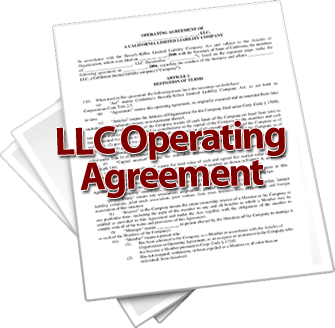This article is the second in a series that talks about the four elements required in order to legally have a corporation. Only two of them can be chosen for an LLC. These four are limited liability (the corporate shield), centralized management, transferability, and continuity of life. Here we will talk about continuity of life.
Continuity of life does not mean that your company (LLC or corporation) will go on forever. How long your company will last before it dies is called the “term” of the company. Many companies have a “perpetual term.” That means it doesn’t die until some specific event happens, i.e., the company is closed down, voluntarily or involuntarily.
Continuity of life has nothing to do with the term of the company’s life. What it means is the company will continue after the death of one of the owners (shareholders or members). Because corporations have all four elements, IBM isn’t going to cease to exist when one of its shareholders dies. Your little LLC is another matter.
If your second choice out of the four is continuity of life, then the LLC will continue after the death of a member. If continuity of life is not one of the two choices, the company dies when one of the members dies.
Some years ago one of the most prominent families in our state came to me. The patriarch of the family was near death. They had a very large LLC that was owned by the dad and each of the kids in the family. The “kids” were adults and actually running the large business operation. The daughter explained that they had the best law firms in the state and the best accounting firms in the state. She wanted me to just look things over before dad died.
I asked to see the operating agreement for the LLC. The family couldn’t find it, and dad was dying any hour. A frantic search was put in place. It took 24 hours to locate the operating agreement. The accountant had it. The accountants need to read the operating agreement to know how to do the taxes. Yes, this document is important. You need to read yours.
I started to read. Yes, liability protection. I was looking for something that said the LLC would survive the death of one of the members. It wasn’t there. No continuity of life! That means when dad dies in hours the company dies. It can be resurrected again on the approval of the remaining members jumping through the hoops outlined in the operating agreement. So, the company was basically safe, but action needed to be taken as soon as dad died.
HOWEVER, I started to ask other questions, and started to look at the list of members. Where is this member? Who is this member? I finally got to a son. “Oh, he died three years ago.” What does that mean? Basically, it means that the company died three years ago. It had never been resurrected!
That means that for the past three years the family’s big business had basically been operating as a partnership. Nobody had been sued, they had paid their taxes, and we could resurrect the LLC again. All would be ok.
HOWEVER, if I sue you, the first thing I am asking for is the operating agreement. I will ask where each of the members is. I will see which of the four elements you have picked. No continuity of life in the operating agreement, somebody is dead – I got ya!!
The original definition of an LLC, at least as far as the IRS was concerned, said that the LLC could only have two of the four elements. If it had three it was not an LLC and it was not a corporation (a corporation has to have all four elements). It basically defaulted to an unknown entity or partnership. That means no liability protection, even if you were expecting your LLC to give you liability protection.
Obviously, most folks will pick limited liability as one of their two choices. Yes, you get to choose which two of the four elements you want your LLC to have. If you pick limited liability, you get one more choice. If you mess up and pick three of the four elements, technically you don’t have an LLC.
In my last article in this series, I advised that if you have a small, closely-held company, there is additional protection in NOT choosing centralized management, which leaves you with continuity of life or transferability. I’ll explain why more in my next article, but in most situations, I would generally choose continuity of life over transferability.
